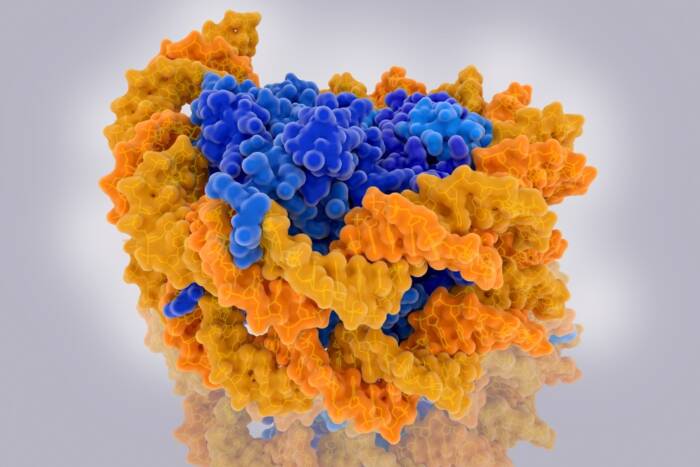New fundraising goal set at $750 million
by ZACH VEILLEUX
With $490 million raised toward its original $500 million campaign goal, the university’s Board of Trustees has decided to be 50 percent more ambitious. On June 4, they voted to add $250 million and two years to the Campaign for Collaborative Science, the fundraising initiative that will pay for the programs originally outlined in the university’s 2005 strategic plan.
The new goal, $750 million by the end of 2012, is larger than any previous university fundraising effort and, if fully successful, will pay for a slew of new collaborative research vehicles, a complete renovation of Welch Hall and upgrades to core resource centers. The new goal will also provide necessary funding to complete the university’s capital building projects identified in the strategic plan. Such capital funds were not raised in the initial phases of the campaign.
“Our donors have been extraordinarily generous and supportive of our programs, and because of that we’re in the enviable position of being able to think somewhat bigger than we have been,” says Paul Nurse, the university’s president. “Over the past several months, we have worked to identify a number of new initiatives which will allow us to support and expand our research enterprise.”
Among the new initiatives that could be supported if the funds are raised:
New interdisciplinary centers to promote collaboration. Aimed at furthering progress toward specific research goals, these new centers — examples include a center for vaccine development, a center for systems biology, a program in antibiotic discovery and a center for research on aging — would help support both new and ongoing work in areas between disciplines, which are sometimes missed by traditional sources of funding.
A program in ecology, ethology and evolution. The university’s historic strength in whole-organism studies has waned in recent years. Nevertheless, it is becoming a lively area of science complementing molecular-level investigations, and funding could enhance the university’s research portfolio.
Faculty retention fund. Newly recruited faculty receive start-up funds to help pay the hefty costs associated with equipping a new laboratory, but there are often few funds available to replace that equipment as it ages. A faculty retention fund would provide a stream of money to help maintain the laboratories of faculty who have been at the university for many years.
An endowment for core resource centers. Funds for maintaining and upgrading the equipment housed in the university’s resource centers would benefit investigations in numerous labs. Because this equipment is frequently based on rapidly evolving technology, dedicated funds from a restricted endowment would provide a stable source of income for these centers that would help them respond quickly to new opportunities and would help retain skilled staff to oversee and train users.
Imaging facilities. A facility that would house functional magnetic resonance imaging (fMRI) equipment would benefit the neuroscience labs. Important for determining brain function and anatomy in animal models as well as humans, fMRI equipment would also be a valuable asset for research.
Renovation of Welch Hall. One of the grandest and most historic spaces on the campus, Welch Hall is also in a state of disrepair. While a certain amount of work on Welch Hall must be done — and was included in the original $500 million campaign — additional funds could pay for upgrades to the smaller rooms on the first floor and to the Founder’s Hall lobby, and for connections to Nurses Residence and the new Collaborative Research Center.


